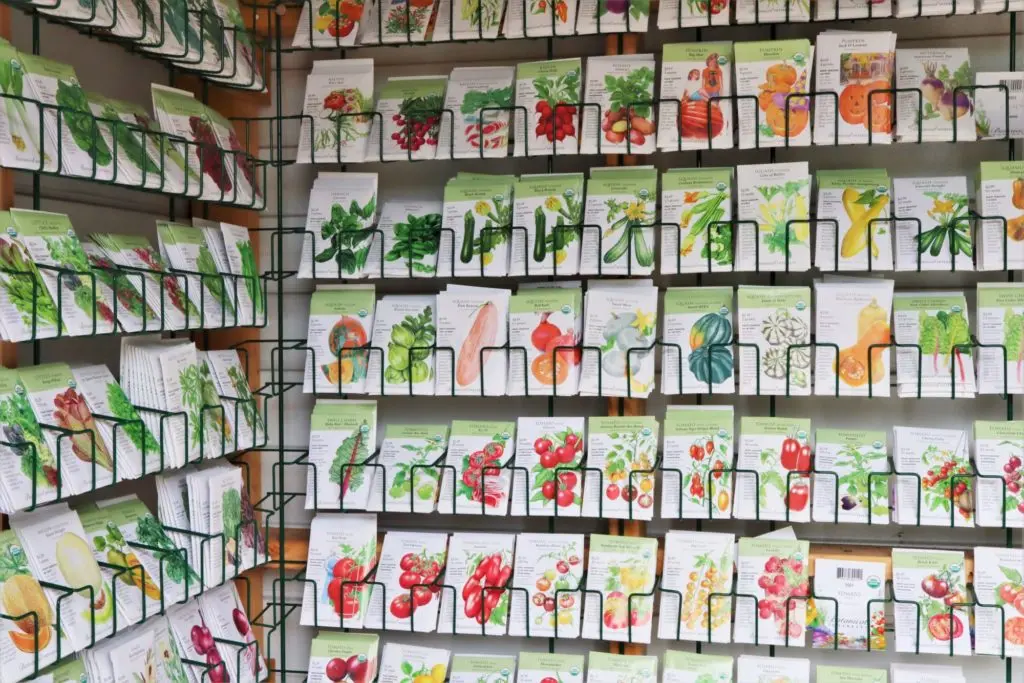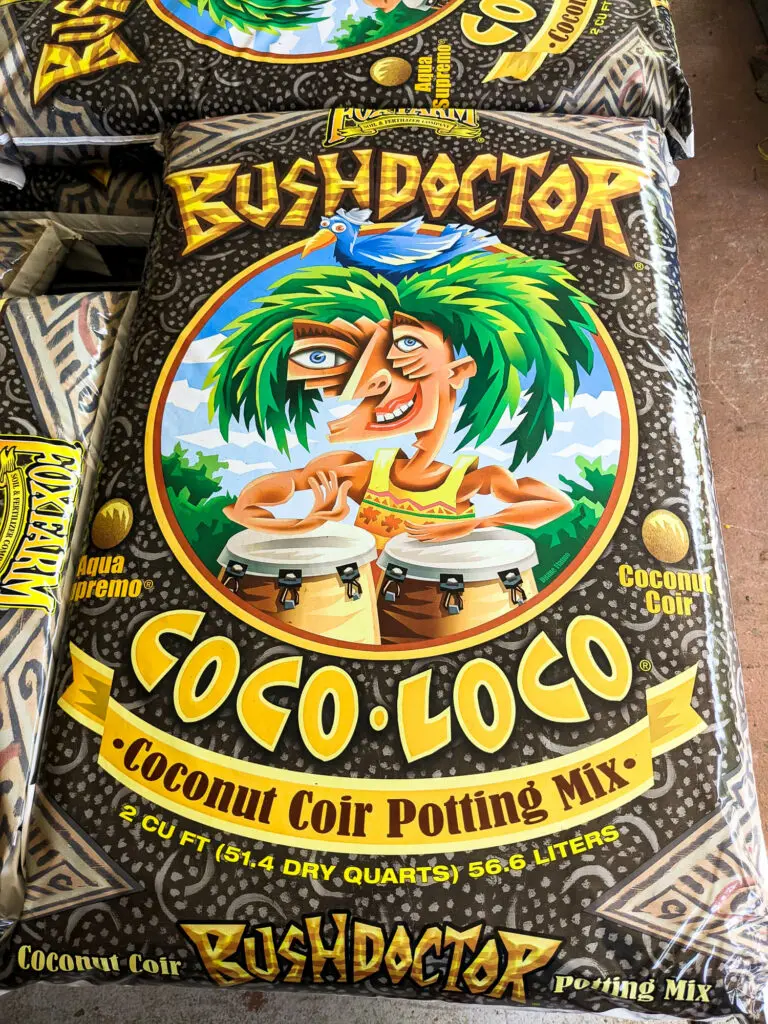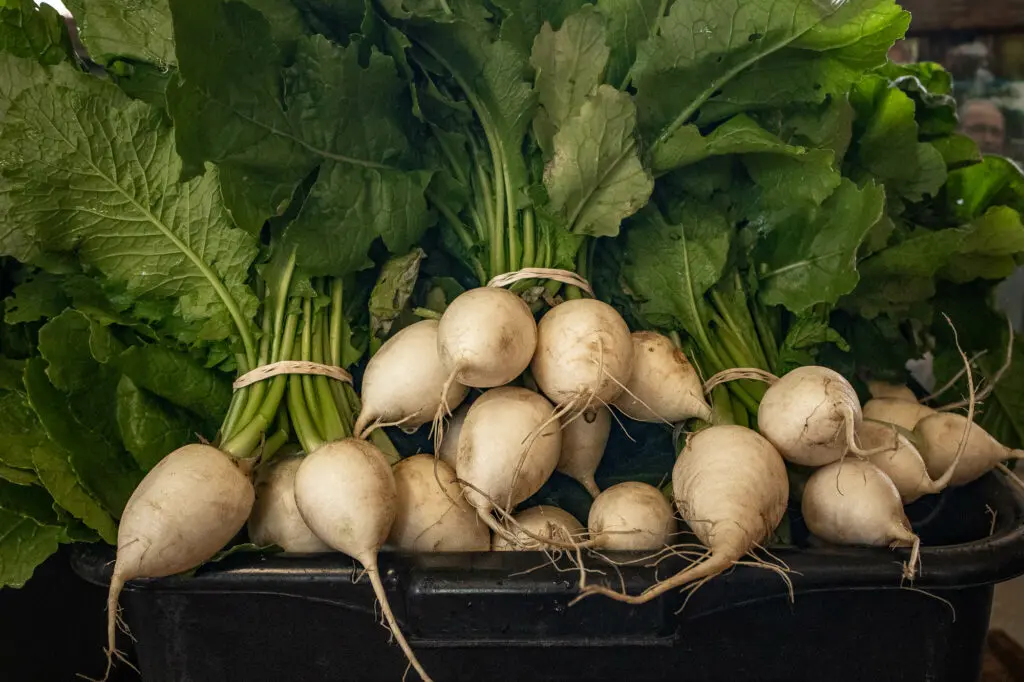by Amanda Rose Newton
There is no experience that matches growing your own food. Watching a plant grow from seedling to full-on fruit stays with you and it incorporates a sense of appreciation for the time it takes to fully develop.

One of the benefits of living in Florida is that if you choose to do so, you can successfully eat with the seasons, savoring fruits, vegetables, bulbs, herbs, and nuts at their finest.
Apart from artichokes, certain garlic, and culinary lavender, pretty much anything you can grow across the continental U.S. is fair game here.
We are just coming through the Summer doldrums, which is the most difficult season to grow in.
Fall is THE season to get your vegetable gardens going, and we have a multitude of resources to ensure your success.
Location, Location, Location
Where you decide to grow your vegetables does matter.
You want it somewhere near your home, ideally, for ease of access. Vegetables are not limited to in-ground plantings, and with our alkaline, sandy soil, a raised bed garden or containers is a great place to start.
Be sure to pick a spot that has at least 6 hours of sunlight, perhaps a bit more for sun-loving veggies like eggplant and tomato.
Water is the next key factor, so be sure to have that handy, too.
For those who reside beachside, check your water source’s salinity before using it on your freshly planted plants. Salt can burn leaves, leave residues, and reduce soil health.
Rockledge Gardens offers a free water test that will instantly tell you the parts per million of salt present in your water sample, with suggestions on crops and plants that best suit your situation.
Rain barrels are an excellent way to avoid using city water as the collected water should be free of harmful minerals, metals, and salt.
Prepping Your Veggie Beds
Soil is the most important step in ensuring your vegetables will be off to a great start.

When you plant seedlings or seeds, they are taking up nutrients from the soil level, so it is important that it is nutrient rich.
Healthy, strong plants will be less susceptible to pest pressure and disease, cutting down the work you must do later.
Since our soil is nutrient-poor, it is recommended you amend your soil with manure and/or compost.
Remember, neither of the before-mentioned are really fertilizers in the traditional sense; they are feeding the soil in order to feed the plant.
If you are going the raised bed route– which is recommended for first-timers– choose a soil designed for this purpose, like our garden soil blend.
If you are planting in containers, you may want to consider a richer potting soil, like Foxfarm’s Happy Frog or Strawberry Fields which contains nutrients and aids in retaining moisture.
If you are more of a D.I.Y person, feel free to create your own veggie-friendly growing medium using basics like mushroom compost, earthworm castings, and manure.
Whatever you choose to do, remember: a great base equals great plants!
What to Plant
Knowing what to plant when is a challenge in Florida since it is completely different than anywhere else in the country.

Each vegetable has a distinct season with a small window for planting. Luckily, we have compiled a chart on our Vegetable info sheet that details what to plant and when!
One overlooked detail is how important it is to plant vegetables you and your family actually enjoy. This will lead to a truly bespoke gardening experience.
If you are searching for the simplest way to get started, we recommend you try your hand at a few beginner-friendly crops including peppers, zucchini, eggplant, everglades tomatoes, and okra.
Watering Your Vegetable Garden
Producing fruit takes a lot of energy and in order to create it, plants need water to create sugars through photosynthesis.

There is a fine line between enough and too much, especially as the temperatures start dipping and the days get shorter.
Always water young plants the day you plant them and continue to water them every day for the first week.
If your plants are in a container, remember to water the entire surface of the soil, as the roots are not just located at the plant base. The same goes for freshly planted seeds.
After plants are established, three times a week is ideal, perhaps a bit more if you have plants in dark-colored containers.
For best absorption rates, apply early in the morning or early in the evening, not in the middle of the day.
Maintaining Your Vegetable Garden
If you planted your veggies in a quality medium and have been watering the right way, chances are you will not have to fertilize.
However, some veggies (fruits to us that are botanically inclined) like tomatoes, eggplants, and peppers sometimes need an extra boost of nutrients to get through.

In that case, you want to keep it natural and use liquid seaweed or fish emulsion. Both of these are difficult to overdo and provide additional cold hardiness and pest resistance.
Pests love veggies as much as we do and even the best-prepared garden will still have them.
To make sure you still get your fair share, practice your integrated pest management skills and observe activity daily. Scout for pests and hand-pick for pest control. Walking through the yard with a bucket of soap water to toss pests in as you go is satisfying and effective!

For those too squeamish to practice bug picking, invest in a few yellow and blue sticky card traps hung at plant level to catch flies and leafminers.
Insecticidal soap is also a great tool for ridding the garden of pests, just make sure you are spraying directly on the pest as it must adhere to their exoskeletons to be effective.
You can also plant flowers around your garden to encourage the predatory (good) bugs to pay a visit and maybe help in reducing your pest pressure. There is no rule that you cannot mix flowers and vegetables to make the most of your space!
Whether you are a seasoned gardener or a first-timer, growing vegetables is one of the few practices in life that pays you back– not only in an abundance of fresh food but also in cultivating a skill set in patience, humility, and work.
Register now for our yearly Fall Vegetable Gardening class on September 21st, 2022! Space is limited.


